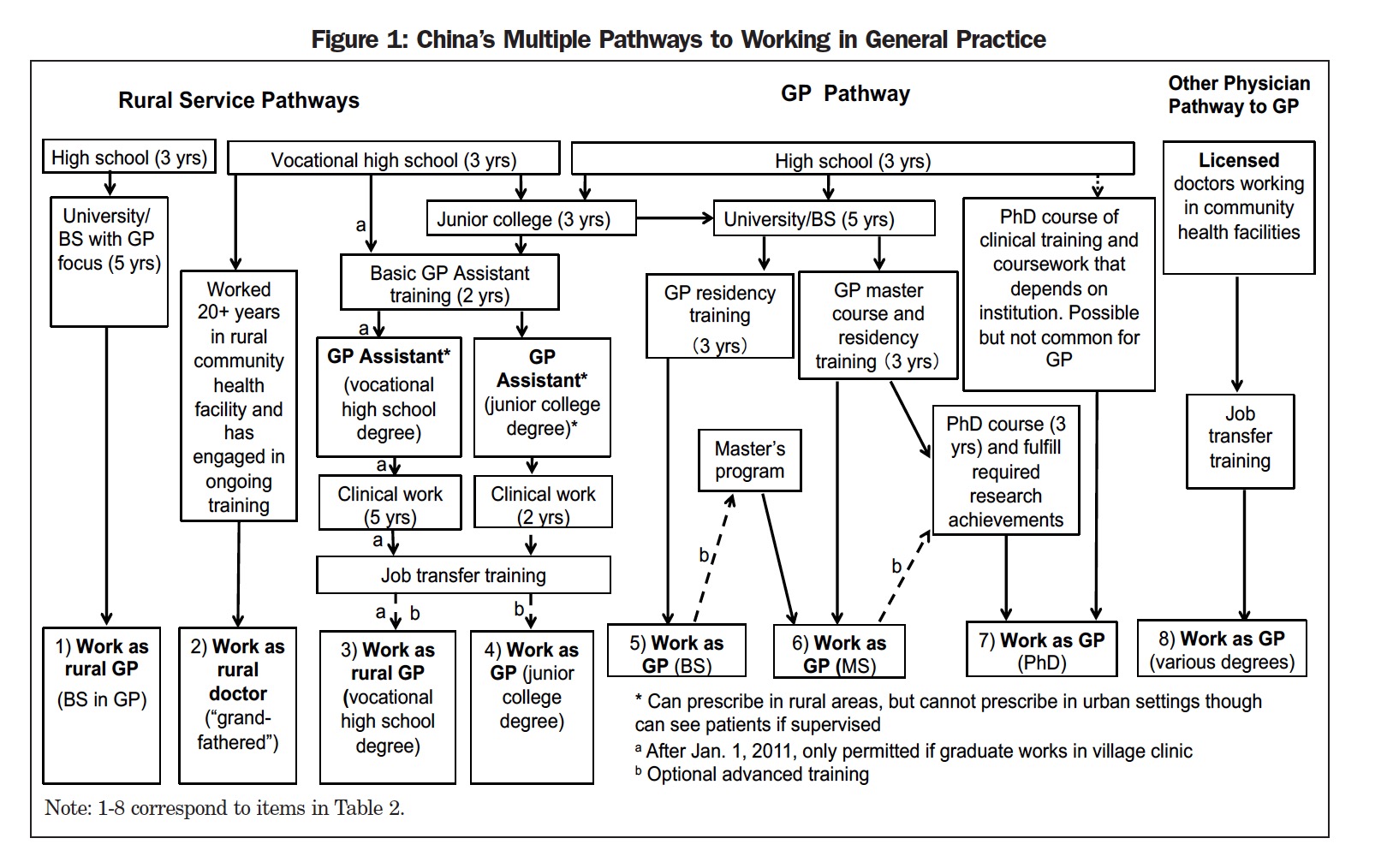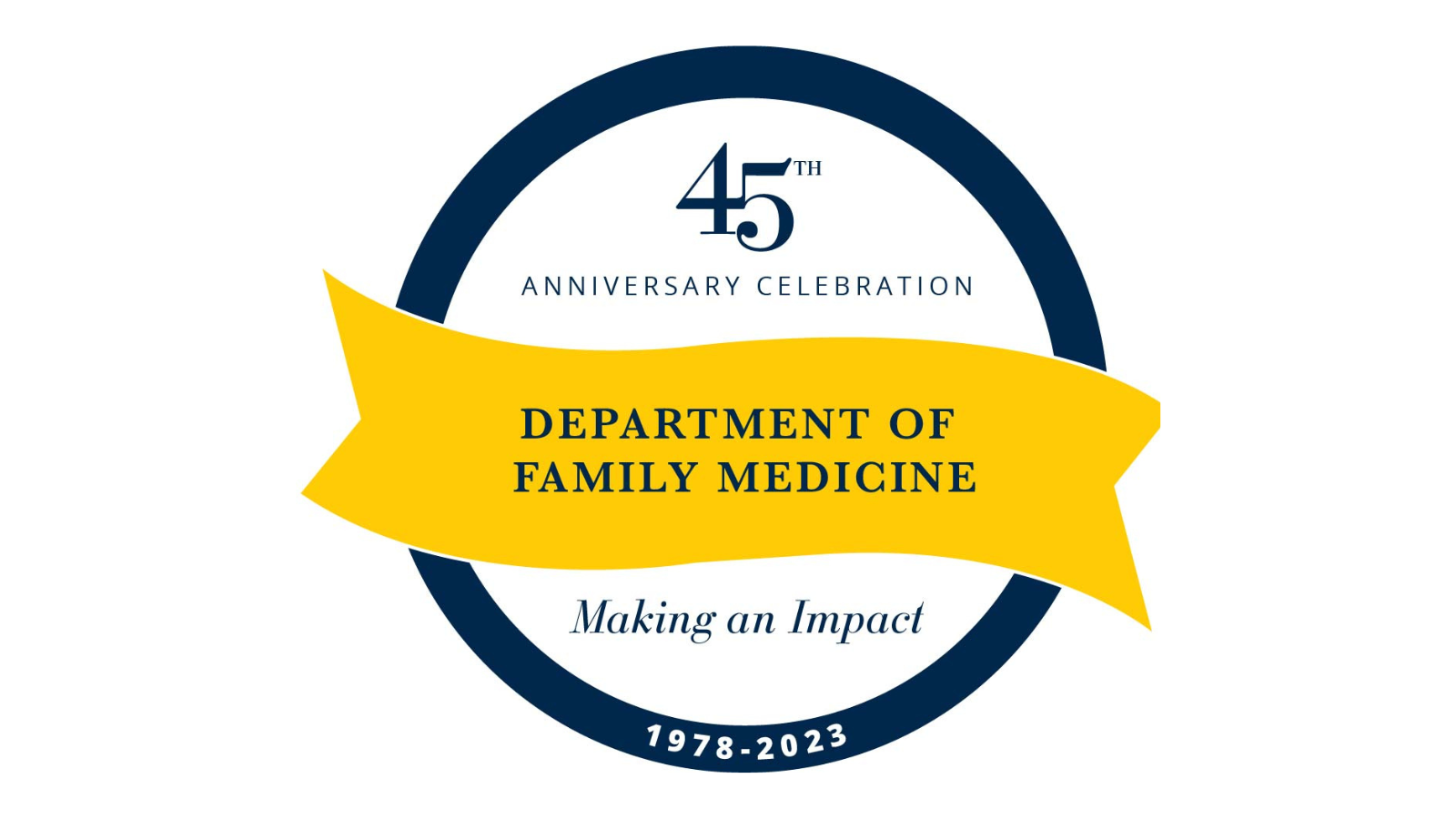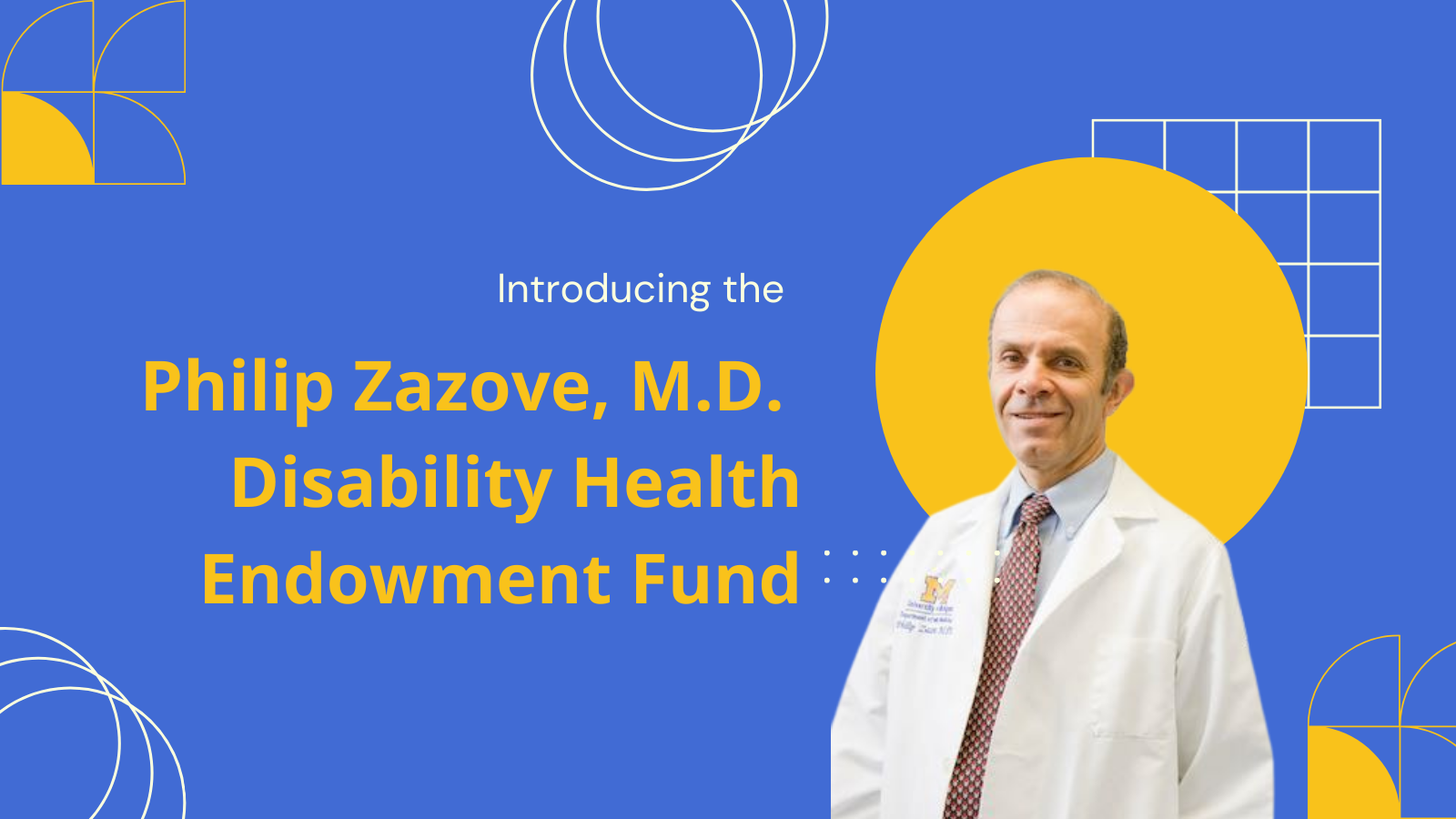Michael D. Fetters, M.D., M.P.H., M.A., professor, has co-authored a new paper in Family Medicine with colleagues at Peking University Health Sciences Center in Beijing China on the unique pathways to becoming a family medicine doctor in China.
In 2010, the Chinese government stated a 10-year goal of achieving 300,000 general practitioners (GPs), or family medicine physicians, in China. At the time, there were approximately 84,800 GPs. Targeted training efforts have been successful--with a reported 209,000 GPs in 2016. Just two years later, China set their sights on a new goal, to achieve 700,000 total GPs, or 5 per 10,000, by 2030.
Utilizing descriptive policy analysis, Fetters and a team of researchers from Peking University Health Sciences Center have described in detail eight variable training pathways to general practice. The authors include in their analysis the various training pathways to China’s policies to increase access to GPs for its citizens.
The eight pathways vary in their intensity and targeted professional populations, ranging from a free, five-year undergraduate medical program that caters to the development of rural GPs and assistant GPs, all the way to PhD-level training in general practice.
SEE ALSO: Dr. Fetters' International Collaboration Garners Rare Fulbright Scholarship
In 2016, Fetters served as the Fulbright Distinguished Chair of Social Sciences at Peking University Health Sciences Center. It was while there that he pursued an inquiry into the training
system for Chinese GPs. His interest was spared by the “astonishingly ambitious goal” the Chinese government had set forth to improve the health of their population through a greater availability of primary care GP-provided care.
“Rather than spending more money on specialty care as happens in many nations, the Chinese government has wisely chosen to create a general practice (family medicine) system,” Fetters noted.
“Unfortunately, whenever I asked how the training system worked, I would get an answer for a specific program, but then I would hear that it was different in other places.”
Fetters connected with faculty at his guest institution, including GP resident Siqing Lian, MD. Together, they mapped out the different ways GPs are trained in China. Fetters admits, “It turned out it was much more complicated than I expected.”
This diagram maps out the various pathways taken by practicing GPs in China.
The paper illuminates the connection between state policy and medical training mechanisms. The authors consider several implications for their findings. According to Fetters:
-
Family medicine educators engaged in general practice in China need to know about these pathways if they are teaching in China, or supporting residency training in China.
-
Chinese medical students who apply for residency training in the US may be at a disadvantage since their undergraduate education typically only involves five years, and because the PGY system in China is very different from the US system.
-
The analysis illustrates how family medicine research in China will be disadvantaged without significant support to grow family medicine researchers.
The paper may spark interest in understanding how family medicine and primary care operates in emerging nations. An upcoming special issue of the journal Family Medicine and Community Health (FMCH) will present a series of feasible research approaches to primary care research in global contexts. The articles are designed to be accessible for emerging and resource-limited family medicine research settings. Both Fetters and Timothy Guetterman, Ph.D., assistant professor, serve on the editorial board of the upcoming issue.
Article citation: Lian S, Chen Q, Yao M, Chi C, Fetters MD. Training Pathways to Working as a General Practitioner in China. Family Medicine. 2019;51(3):262-270. Doi: 10.22454/fammed.2019.329090.
Browse the latest global primary care research.




